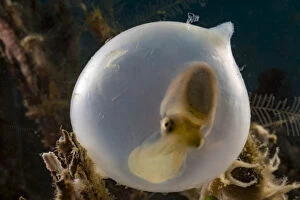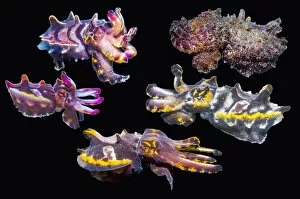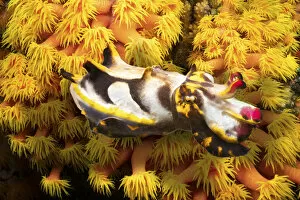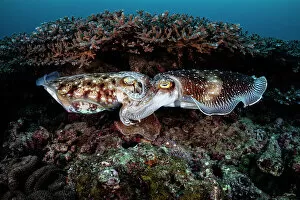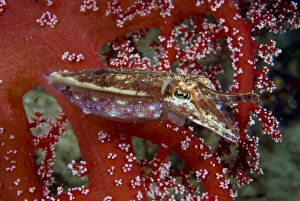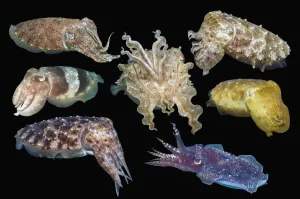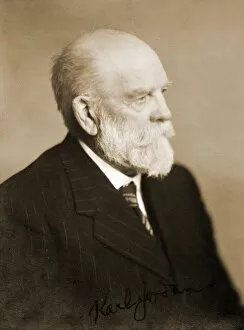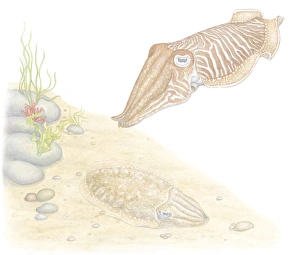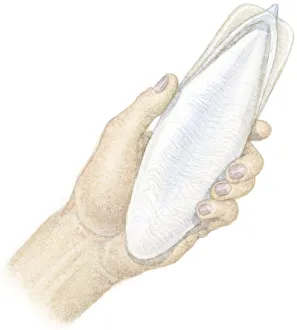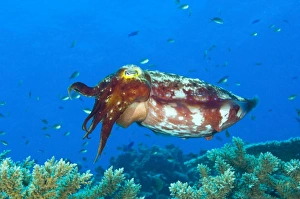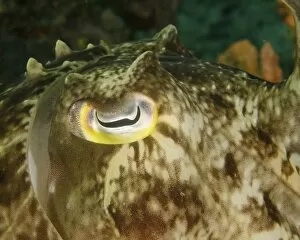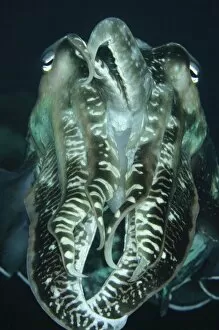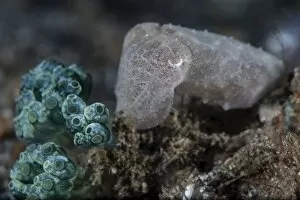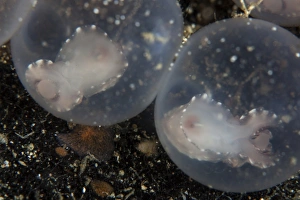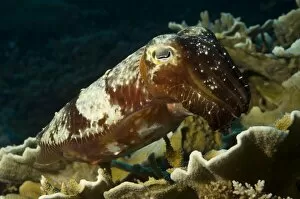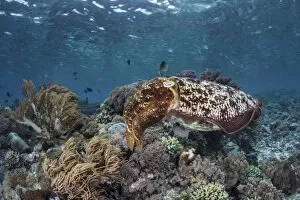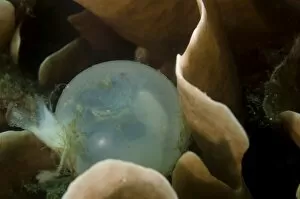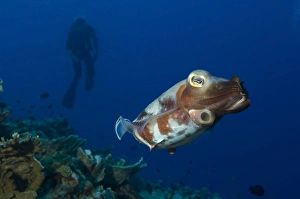Sepiida Collection
Sepiida, also known as cuttlefishes, are fascinating creatures found in various parts of the world
All Professionally Made to Order for Quick Shipping
Sepiida, also known as cuttlefishes, are fascinating creatures found in various parts of the world. One species, Sepia elegans, is a type of squid that captivates with its graceful movements and intricate patterns. In Babbacombe, Torquay, South Devon, UK, the majestic Sepia officinalis can be spotted. Its close-up eye in Tenerife, Canary Islands reveals a mesmerizing beauty. The Broadclub cuttlefish (Sepia latimanus) showcases its translucent egg casing on the reef in the Philippines. This delicate structure protects their future offspring and adds to the wonders of marine life. Another captivating species is Pfeffers flamboyant cuttlefish (Metasepia pfefferi), which displays an array of vibrant colors against a black background in Puerto Galera, Philippines. In Tenerife again, we witness a remarkable sight as a Cuttlefish (Sepia officinalis) changes its color to a striking blue hue. Nature's artistry at its finest. The colorful Pfeffers flamboyant cuttlefish (Metasepia pfefferi) further enchants us with its stunning variations. These intelligent creatures also showcase their hunting skills. A Cuttlefish (Sepia officinalis) feeds on Scorpionfish (Scorpaenidae), demonstrating their ability to adapt and survive in diverse environments like the Canary Islands. Behind these incredible discoveries lie passionate individuals who have contributed greatly to our understanding of sepiida. Dr Karl Jordan (1875-1972), Emma Rothschild (1844-1935), and Walter Rothschild Bird skin collection from 1933 have all played significant roles in unraveling the mysteries surrounding these fascinating creatures. Lastly, we observe an intimate moment between two Broadclub cuttlefish (Sepia latimanus).



